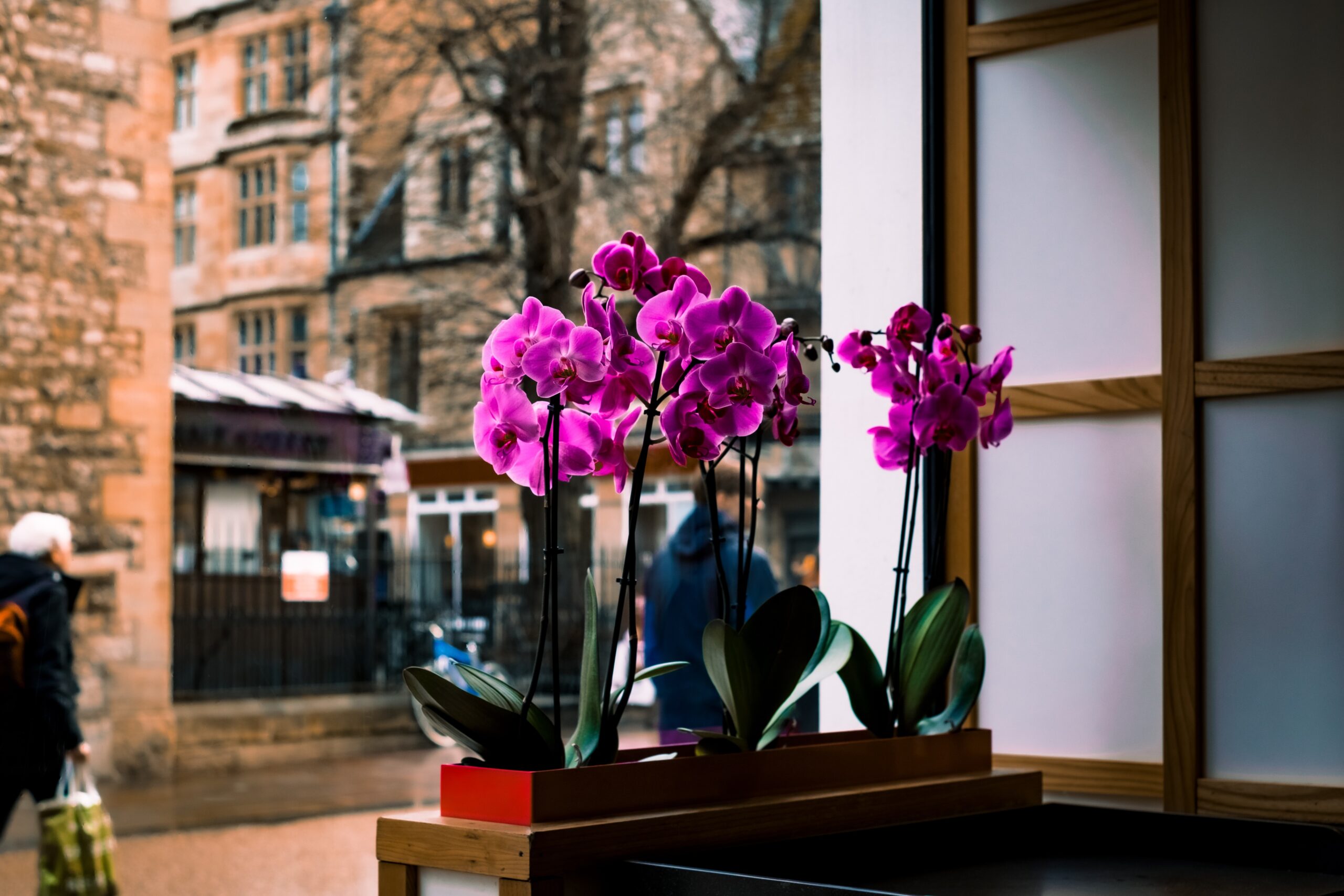Blooming Harmony With the Power of Flowers in Feng Shui Design

The ancient Chinese art of Feng Shui revolves around cultivating equilibrium and serenity within your surroundings, fostering holistic wellness. With each passing year, the allure of this design philosophy grows, compelling countless individuals to embrace the transformative power of Feng Shui in enhancing their residences and workplaces. Flowers reign as a cherished component of Feng Shui design, captivating enthusiasts with their inherent allure and transformative qualities.
For millennia, Feng Shui has stood as a timeless design philosophy, spanning the ages with its enduring wisdom and principles. The heart of Feng Shui beats to the rhythm of “chi,” the subtle yet potent life force that weaves its way through an environment, subtly influencing one’s holistic well-being. The transformative journey towards an enhanced quality of life begins by fashioning a space that embodies equilibrium and harmony.
Flowers emerge as a cornerstone of Feng Shui design, their presence revered for its potent ability to influence the dynamic energy patterns that permeate a space. Delving into the scientific aspects, we uncover the synergy between flowers and Feng Shui, providing practical suggestions to seamlessly integrate them into your design.
The Science Behind Flowers in Feng Shui
In Feng Shui, everything is believed to have an energy, including flowers. Within a space, flowers are said to possess a favorable impact on energy, infusing it with beauty, vitality, and the zest of life.
Flowers exert influence on energy flow in a space through their color, shape, and fragrance. Flowers boasting vibrant colors and gentle curves are thought to emanate positive energy, whereas flowers featuring sharp angles or dark hues may exert a negative influence.
Common Flower Symbolisms in Feng Shui
In Feng Shui, flowers are often chosen for their symbolic meanings. Within Feng Shui practices, the peony, lotus, and chrysanthemum stand tall as favored flower selections, celebrated for their potent symbolism and influential vibrations.
These flowers are believed to represent prosperity, purity, and longevity, respectively. By incorporating these flowers into your design, you can promote these positive qualities in your environment.
Choosing the Right Flowers
When selecting flowers for your Feng Shui design, it’s essential to consider the Five Elements. The Five Elements encompass wood, fire, earth, metal, and water, with distinct flower varieties aligning with each elemental category.
For instance, the element of wood corresponds to the color green and finds embodiment in the graceful presence of bamboo and orchids. Represented by vibrant red, fire manifests its floral presence through the enchanting allure of roses and peonies. By understanding the Five Elements, you can choose flowers that will promote the desired qualities in your space.
Placement of Flowers
The placement of flowers in Feng Shui is crucial. Strategic placement of flowers ensures positive energy flow, avoiding areas that generate negative energy. Let’s take an example: positioning flowers near windows or doors can amplify positive energy, whereas placing them in dark or cluttered corners may generate a detrimental effect. Moreover, specific flowers can be employed to cultivate distinct objectives, including the pursuit of prosperity, romance, or well-being.
Feng Shui Flower Arrangements
Creating a harmonious flower arrangement in Feng Shui is essential. The arrangement should be balanced and symmetrical, with different colors and shapes working together to promote positive energy flow.
Additionally, the choice of a fitting vase or container is pivotal in achieving a cohesive and harmonious visual impact in the floral arrangement. A sleek and understated vase is frequently the ideal selection, granting the flowers the opportunity to shine as the focal point of the arrangement.
Flowers for Specific Feng Shui Goals
Finally, specific flowers can be used to promote specific goals in Feng Shui. For instance, incorporating peonies or money trees into your floral arrangements can invite the energies of abundance and prosperity, while roses or orchids can infuse an atmosphere of love and romance. Embrace the therapeutic benefits of lavender and chamomile flowers, enhancing both health and overall sense of wellness.
In conclusion, flowers are an essential element of Feng Shui design. Carefully choosing flowers that align with your space can stimulate positive energy flow and elevate your well-being. When creating your floral display, keep in mind the strategic placement, artistic arrangement, and symbolic connotations of the flowers, all contributing to a harmonious and balanced ambiance.

